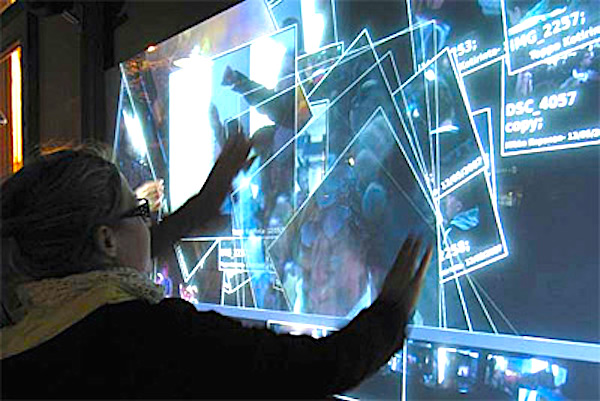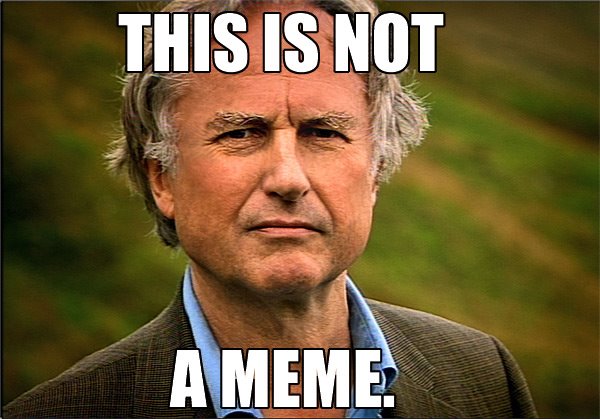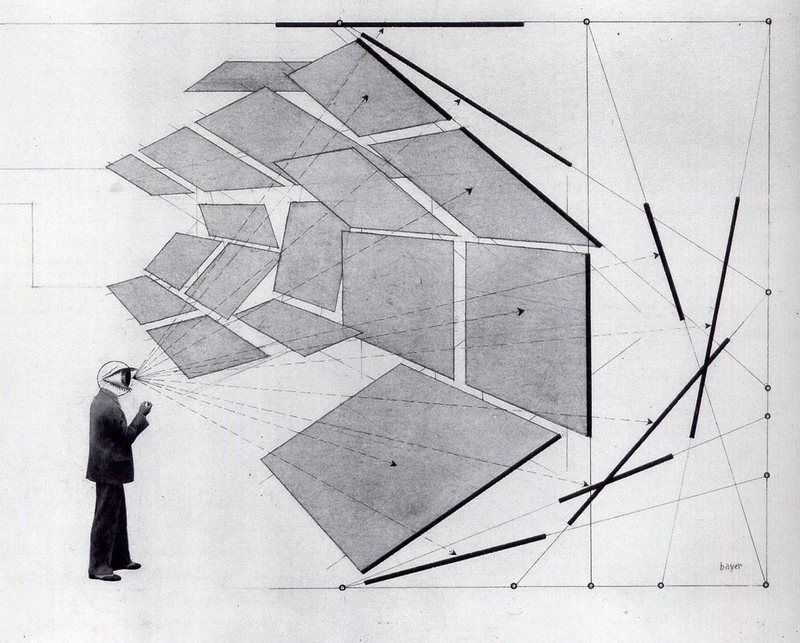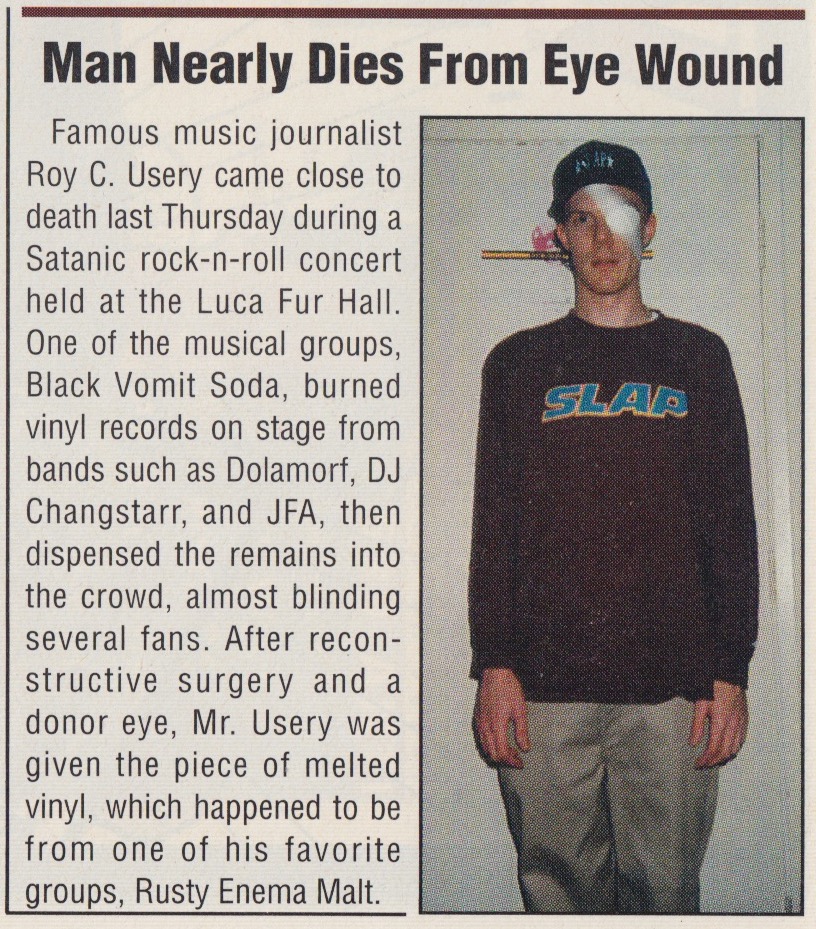Celebrity, fame, and influence are inherently asymmetrical. They all require a one-to-many style of distribution akin to the wide-range broadcasting model of legacy media. As that media infrastructure has given way to smaller and smaller platforms serving smaller and smaller audiences, the ideas of celebrity, fame, and influence have been reconfigured and need to be redefined.
“It’s all become marketing and we want to win because we’re lonely and empty and scared and we’re led to believe winning will change all that. But there is no winning.” — Charlie Kaufman, BAFTA, 2011 [1]
The dictum, “In the future, everyone will be famous for 15 minutes,” for which several sources have claimed credit, is widely attributed to Andy Warhol. [2] Regardless of who first said it, those 15 minutes of the future are the popular origins of the long tail of fame. Though the phrase has been around since the late 1960s, its proposed future is here.
In his 1991 essay, “Pop Stars? Nein Danke!” Scottish recording artist Momus updates Warhol’s supposed phrase to say that in the future, everyone would be famous for 15 people, writing about the computer, “We now have a democratic technology, a technology which can help us all to produce and consume the new, ‘unpopular’ pop musics, each perfectly customized to our elective cults.” [3] In Small Pieces Loosely Joined, David Weinberger’s 2002 book, he notes about bloggers, content creators, comment posters, and podcasters: “They are famous. They are celebrities. But only within a circle of a few hundred people.” He goes on to say that in the ever-splintering future, they will be famous to ever-fewer people, and—echoing Momus—that in the future provided by the internet, everyone will be famous for 15 people. [4] Democratizing the medium means a dwindling of the fame that medium can support.

Around the turn of the millennium, the long tail, [5] the internet-enabled power law that allows for millions of products to be sold regardless of shelf space, reconfigured not only how culture is consumed but also how it is created. It’s since gotten so long and so thick that there’s not much left in the big head. As the online market supports a wider and wider variety of cultural artifacts with less and less depth of interest, they each serve ever-smaller audiences. Even when a hit garners widespread attention, there are still more and more of us farther down the tail, each in our own little worlds.
In his 1996 memoir, A Year with Swollen Appendices, Brian Eno proposes the idea of edge culture, which is based on the premise that “If you abandon the idea that culture has a single center, and imagine that there is instead a network of active nodes, which may or may not be included in a particular journey across the field, you also abandon the idea that those nodes have absolute value. Their value changes according to which story they’re included in, and how prominently.” [6] Eno’s edge culture is based on Joel Garreau’s idea of edge cities, which describes the center of urban life drifting out of the square and to the edges of town. [7] The lengthening and thickening of the long tail plot our media culture as it moves from the shared center to the individuals on the edges, from one big story to infinite smaller ones.
Now, what does such splintering do to the economics of creating culture?

“The lottery sucks! I only won 17 bucks!” — Rioter in Bruce Almighty (2003).
Bruce Nolan, played by Jim Carrey in the 2003 movie, Bruce Almighty, is a man unimpressed with the way God is handling human affairs. In response, God lets him have a shot at it. One of the many aspects of the job that Bruce quickly mishandles is answering prayers. His head is flooded with so many, he can’t even think. He sets up an email system to handle the flow, but the influx overwhelms his inbox. As a solution to that, he implements an autoresponder to send back a message that simply reads, “Yes” to every request.
Many of the incoming prayers are pleas to win the lottery. His wife’s sister Debbie hits it. “There were like 433 thousand other winners,” his wife Grace explains, “so it only paid out 17 dollars. Can you believe the odds of that?” [8] Subject to Bruce’s automated email system, everyone who asked for a winning ticket got one. Out of the millions on offer, everyone who prayed to God to win the lottery won 17 dollars.
That’s what you get when you’re famous for 15 people for 15 minutes. That’s what you get when everyone’s a winner.
The mainstream isn’t the monolith it once was. It’s a relatively small slice of the total culture now, markedly smaller than it was at the end of last century. For better or worse, the internet has democratized the culture-creating and distributing processes we used to privilege (e.g., writing, music, comedy, filmmaking, etc.), and it’s brought along new forms in its image. Since the long tail took hold around the turn of the millennium, the edge culture of the internet has splintered even further via social media and mobile devices. Anyone can now create content and be famous for 15 people for 15 minutes—and earn 17 dollars for their efforts.
Notes:
1. Charlie Kaufman, Screenwriters’ Lecture, BAFTA, September 30, 2011.
2. Benjamin H. D. Buchloh, “Andy Warhol’s One-Dimensional Art: 1956–1966,” In Michelson, Annette (ed.), Andy Warhol, Cambridge, MA:The MIT Press, 2001, 28.
3. The 1991 Momus essay was published by the Swedish fanzine Grimsby Fishmarket in 1992 and in the daily paper Svenske Dagblatt in 1994.
4. David Weinberger, Small Pieces Loosely Joined, New York: Perseus Books, 2002, 103-104.
5. Chris Anderson, The Long Tail, New York: Hyperion, 2006.
6. Brian Eno, A Year with Swollen Appendices, London: faber & faber, 1996, 328.
7. Joel Garreau, Edge City: Life on the New Frontier, New York: Doubleday, 1991.
8. Tom Shadyac [dir.], Bruce Almighty, Los Angeles: Universal Pictures, 2003.




























